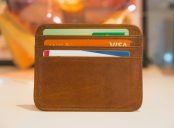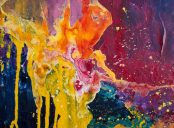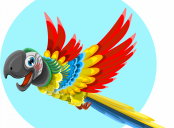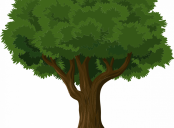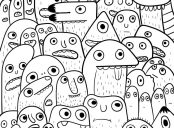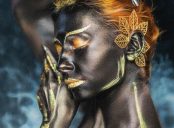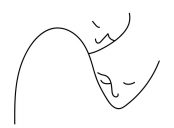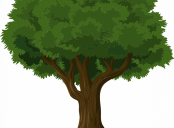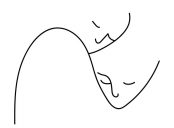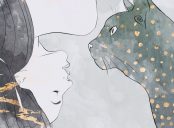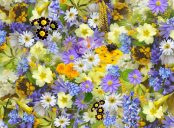Fashion Illustration: A Comprehensive Guide

Introduction:
Fashion illustration is an essential component of the fashion industry, bringing designs to life through visual representation. In this article, we will explore the world of fashion illustration, including its various types, popularity, quantitative measurements, distinct styles, and a historical overview of its pros and cons. Let’s delve into the exciting realm of fashion illustration.
I. An Overview of Fashion Illustration:
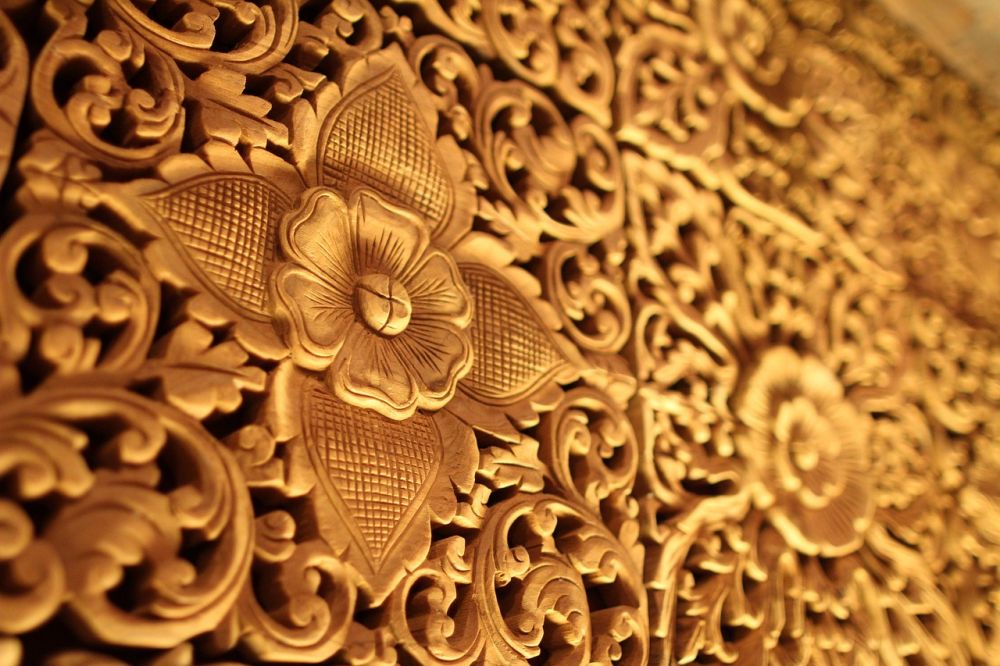
Fashion illustration is the art of visually expressing fashion designs, capturing the essence of a garment through sketches and drawings. It serves as a crucial tool for designers, allowing them to showcase their ideas and concepts before they are turned into physical clothing. This artistic form combines fashion expertise with visual storytelling, creating captivating images that inspire and inform.
II. Types and Popularity of Fashion Illustration:
1. Traditional Fashion Illustration: Traditional fashion illustration involves hand-drawn or painted sketches using various mediums such as ink, watercolors, or markers. Artists meticulously capture details like fabric texture, silhouettes, and accurate proportions. This classical approach adds a touch of elegance and timelessness to the illustrations.
2. Digital Fashion Illustration: With advancing technology, digital fashion illustration has gained popularity. Artists utilize tools like graphic tablets and software to create stunning digital sketches. This technique offers greater flexibility, undo options, and the ability to experiment with different color schemes effortlessly.
3. Fashion Croquis Illustration: Fashion croquis refers to the stylized representation of human figures, commonly used as templates for fashion designs. These simplified figures allow designers to focus on the garments’ details, such as print or drapery, while maintaining proper body proportions.
III. Quantitative Measurements in Fashion Illustration:
Fashion illustration incorporates quantitative measurements to ensure accuracy and precision in garment depiction. These measurements include the length, width, and depth of various elements like sleeves, collars, and hemlines. Designers meticulously calculate these proportions to ensure the final garment looks the same as envisioned.
IV. Distinct Styles in Fashion Illustration:
Fashion illustration encompasses a diverse range of styles, each with its unique characteristics. Some popular styles include:
1. Realistic Style: This style focuses on portraying garments in a realistic manner, paying close attention to details like fabric folds, patterns, and textures.
2. Sketchy Style: The sketchy style creates a more casual and spontaneous feel, showcasing loose and quick strokes that exude creativity and fluidity.
3. Minimalistic Style: The minimalistic style embraces simplicity, using clean lines and minimal detailing to convey the essence of the design.
V. Historical Overview of the Pros and Cons of Fashion Illustration:
Throughout history, fashion illustration has evolved, bringing both advantages and disadvantages.
1. Advantages:
– Creativity and imagination: Fashion illustration allows designers to express their creativity and bring unique ideas to life.
– Visual storytelling: Illustrations convey the mood, texture, and movement of garments, enabling viewers to understand the designer’s vision.
– Cost-effective: Compared to creating physical prototypes, fashion illustration offers a more economical way to showcase designs.
2. Disadvantages:
– Limitations of interpretation: Fashion illustrations may not fully capture the three-dimensional aspects of garments, making it harder to envision the final product.
– Time-consuming: Creating detailed illustrations can be time-consuming, especially for intricate designs, potentially delaying the design process.
Conclusion:
Fashion illustration serves as a vital bridge between designer imagination and tangible garments. With its various types, styles, and historical significance, it continues to play a significant role in the fashion industry. Whether through traditional or digital means, fashion illustration remains an essential tool for designers to communicate their ideas effectively.

